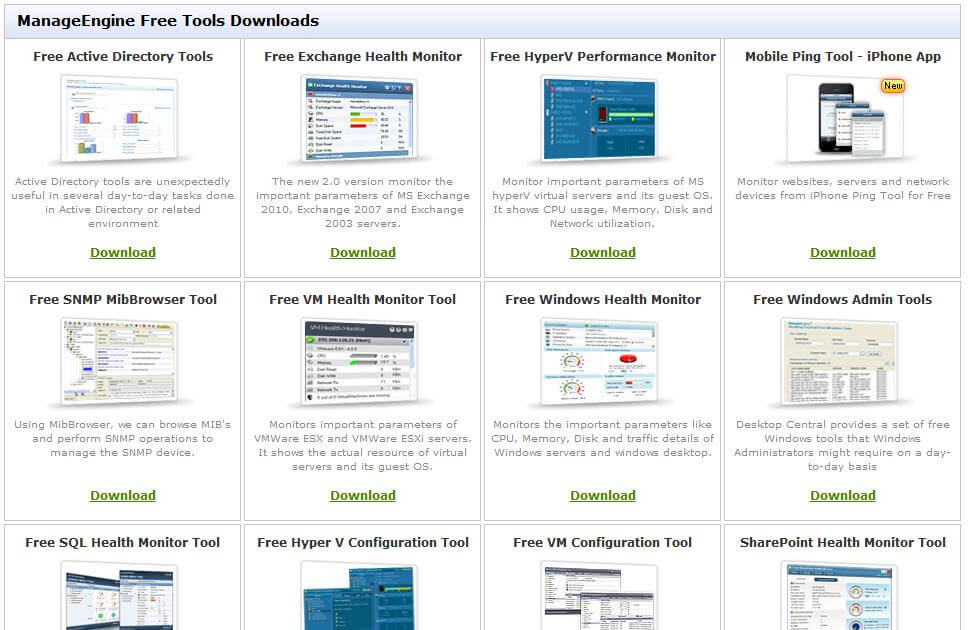

There are two options to determine if your system is impacted. As a result, Intel has identified security vulnerabilities that could potentially place impacted platforms at risk. Intel has issued a security notice ( INTEL-SA-00086) for select systems that use Intel ® Management Engine (ME), Intel ® Server Platform Services (SPS), and Intel ® Trusted Execution Engine (TXE) with the objective of enhancing firmware resilience. Data Center Solution Engineering (DCSE).Thus it's essential for it to be operational in order for the platform to be working properly, no matter if the advanced/corporate features are available or not.Server quality, built for gaming – SUPERO systems by Supermicro are optimized for high performance and reliability, providing options for gamers at all levels


For certain advanced/corporate features (AMT, SBA etc) the ME uses an out-of-band (OOB) network interface to perform functions even when the system is powered down, the OS and/or hard drivers are non-functional etc. Such functionality extends, but it's not limited, to Platform Clocks Control (ICC), Thermal Monitoring, Fan Control, Power Management, Overclocking, Silicon Workaround (resolves silicon bugs which would have otherwise required a new cpu stepping), Identity Protection Technology, Rapid Start Technology, Smart Connect Technology, Sensor Hub Controller (ISHC), Active Management Technology (AMT), Small Business Advantage (SBA), Wireless Display, Protected Video/Audio Path etc. The ME is responsible for many parts of an Intel-based system. It operates independently from the main CPU, BIOS & OS but can interact with them if needed. This can perform various tasks while the system is booting, running or sleeping. "Built into many Intel-based platforms is a small, low power computer subsystem called the Intel Management Engine (Intel ME). These programs talk directly to UEFI through Intel Management Engine Interface. If you don't know what it is then you don't need it.īoth right and wrong It can also be used by monitoring and overclocking programs (most often the motherboard manufacturer programs) to alter and monitor the UEFI ("bios") directly from within Windows. It is a system for advanced remote administration of computers made by Intel. As this appears fairly high up in the Google results I just wanted to tell that the "correct" answer is wrong.


 0 kommentar(er)
0 kommentar(er)
